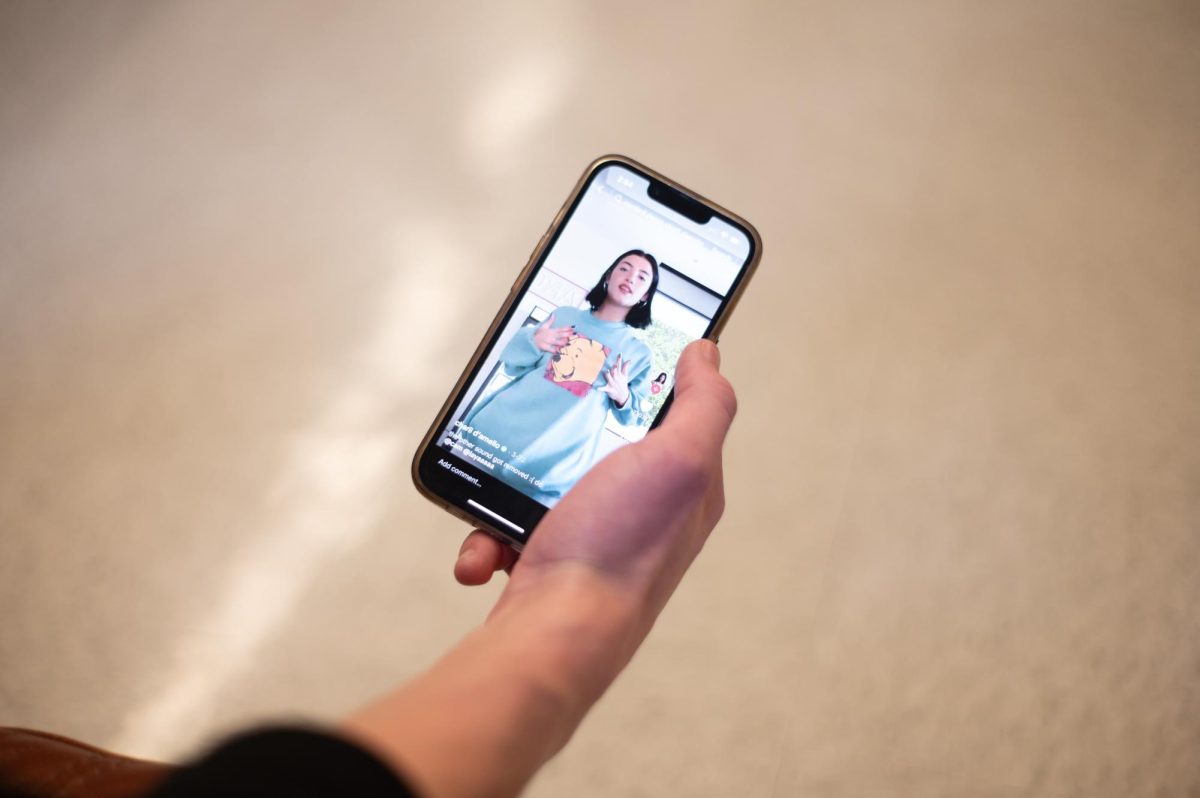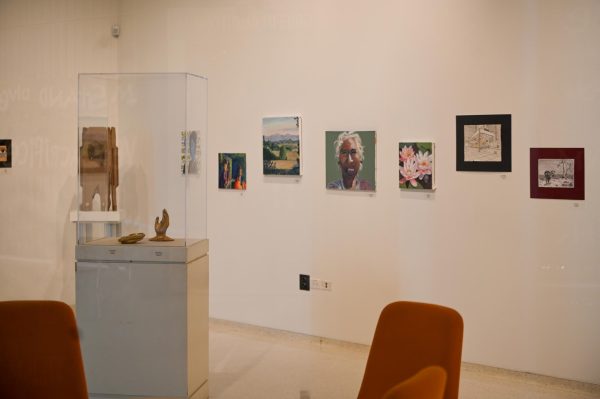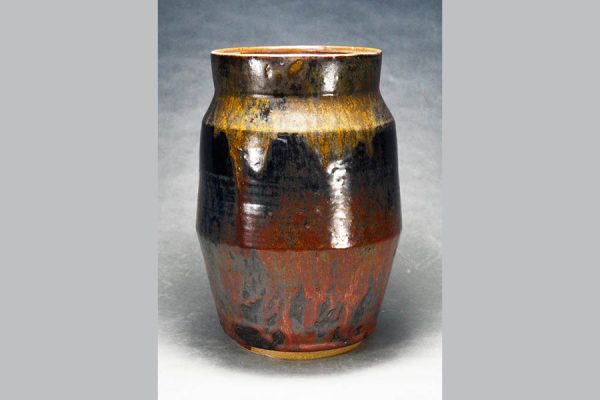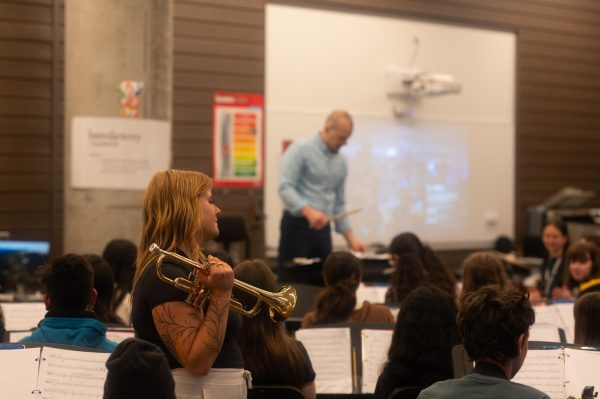Memoir explores survivor-attacker narrative
Rape survivor Jeannie Vanasco recounts life, struggles, trauma after her teenage assault
December 13, 2019
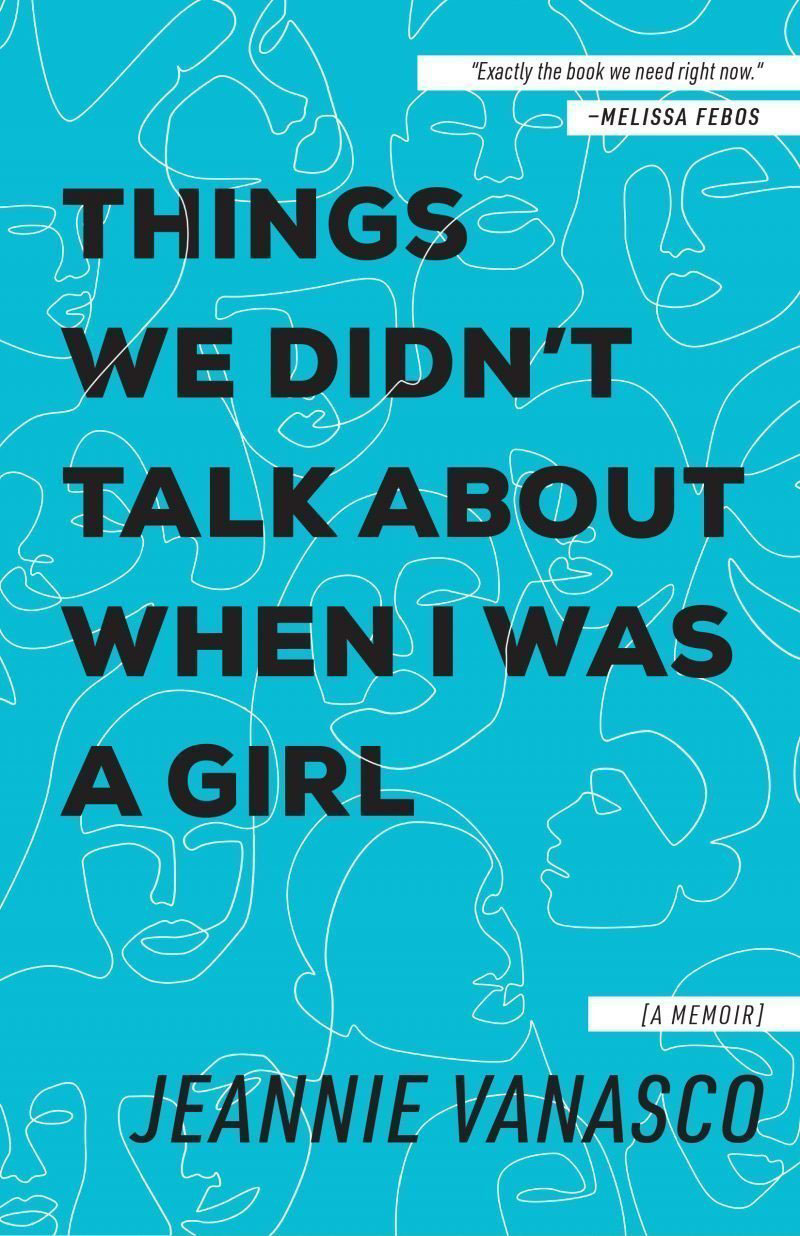
LIFE OF TRAUMA: Jeannie Vanacso’s memoir, “Things We Didn’t Talk About When I Was a Girl,” describes her experiences after being assaulted by
various men in her life. This is Ms. Vanasco’s second memoir — her first, “The Glass Eye,” describes her life after the death of her father and her ensuing mental deterioration.
Jeannie Vanasco is a rape survivor, but she wasn’t raped in a dark alley by a strange man she’d never met. She was raped by her childhood best friend. Fourteen years later, she had the bravery to sit down with him and talk about her assault.
Part of what sets apart Ms. Vanasco’s memoir, “Things We Didn’t Talk About When I Was a Girl,” is how it is just that genuine point of view. Although Vanasco justifiably has fears about sharing her story, she overcomes them and speaks the truth of her experiences in an uncensored, honest and inspiring manner. She takes control of her narrative as a rape survivor and doesn’t let anyone, particularly her attacker, take that away from her.
Opening her novel, Ms. Vanasco describes herself as a storyteller. Her details mostly come from her “humanly imperfect memory,” making her an unintentionally unreliable narrator.
By admitting her failures as a narrator, her version of the truth becomes the best version to which the reader can attach. Ms. Vanasco also addresses society’s relationship with rape — or rather, rape victims. Because of her unreliability as a narrator, as well as the public interrogation rape victims experience, Ms. Vanasco admits her biggest worry: that her audience won’t believe her. She tries to remedy this by having a second perspective, her attacker, Mark. But, Vanasco is left trapped by the idea that she is putting the power into Mark’s hands by letting him tell her story.

Ms. Vanasco struggles with figuring out if her assault qualifies as rape because when she was raped in 2003, the attack didn’t fit the FBI definition of rape. But in 2013, the definition changed, redefining Ms. Vanasco as a rape victim.
The definition change led Ms. Vanasco to question whether defining her experience as rape diminishes the struggle of other people and if in she can call her experience a rape. Admitting this insecurity and fear is a prime example of what makes her a thrilling writer — she is simply sharing her story.
She could be your sister, friend, mom, sitting across from you at the kitchen table telling her story of her rape and her journey to recovery.
Ms. Vanasco also voices another insecurity: disappointing feminists in general. She spends a large part of her memoir analyzing her own emotions: what she should feel, what she shouldn’t and what is “normal.”
In a way, this makes Ms. Vanasco more compelling, in that she asks herself the difficult questions that rarely get answered. She describes how she wrestles with her lack of anger toward and forgiveness for Mark.
“I don’t want my reaction to Mark to disappoint other feminists,” Ms. Vanasco writes. “I’m supposed to be angry.”
For Ms. Vanasco, Mark is not her only assaulter. She was also assaulted by her journalism adviser in high school, as well as by an acquaintance in her adult life, but she never felt upset the way she assumed she would feel. Using each different assault as an example, Ms. Vanasco confessed she felt as if she was letting women in general down. By not feeling rage, in her mind, she was being complacent with her assault, which scared her. She wanted to take control of her story as a survivor by sharing it with the world.
“Things We Didn’t Talk About When I Was a Girl” is written like a conversation between Ms. Vanasco and the reader; she confides in her audience as one might confide in a friend. This transparency between the reader and author makes her writing that much more powerful.
She could be your sister, friend, mom, sitting across from you at the kitchen table telling her story of her rape and her journey to recovery.






